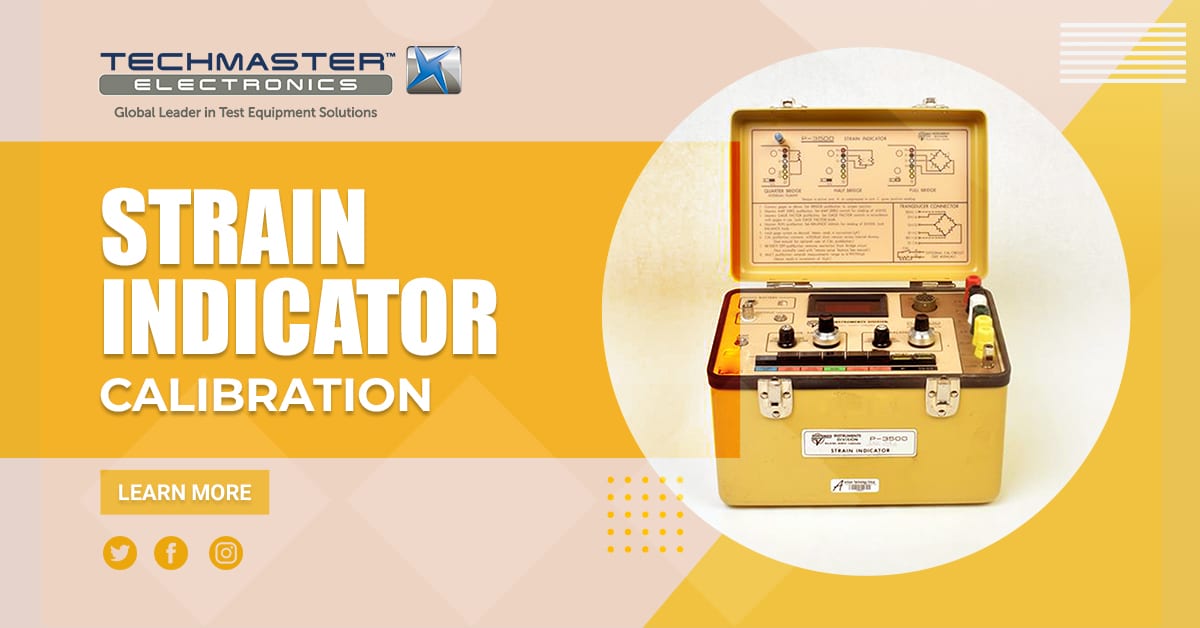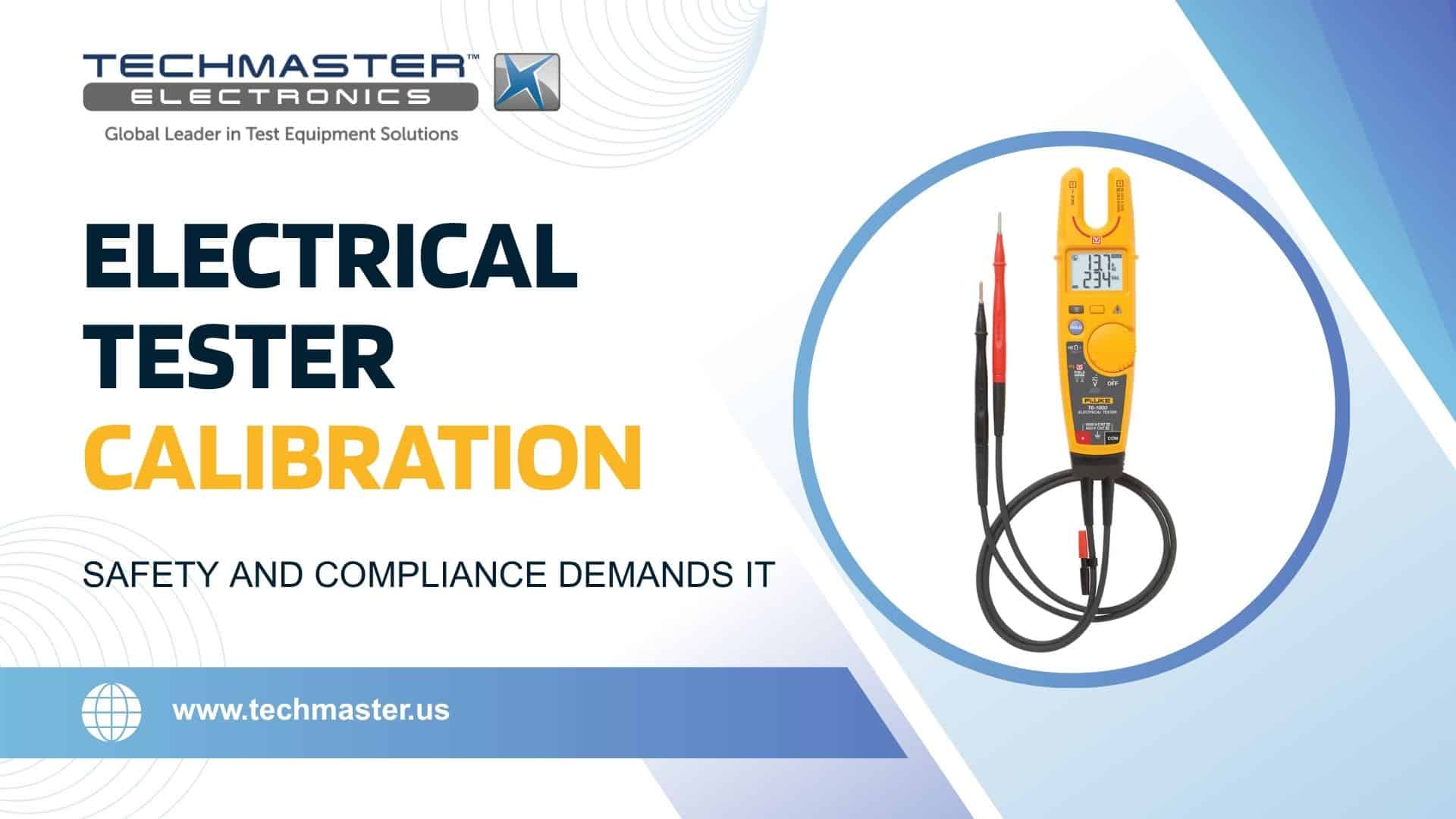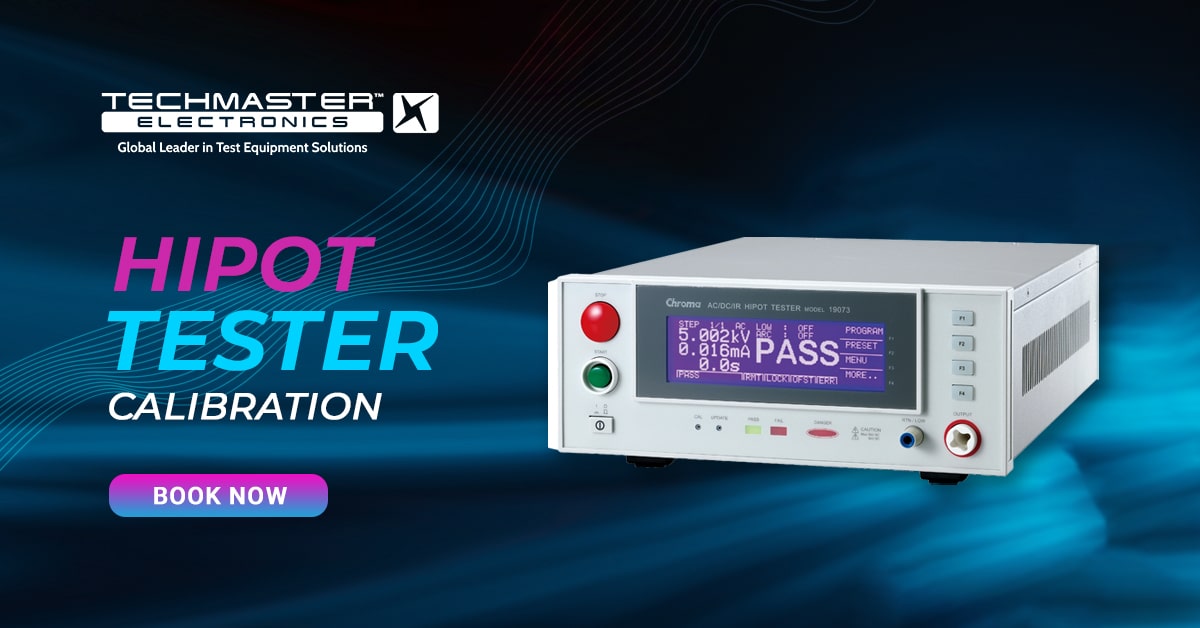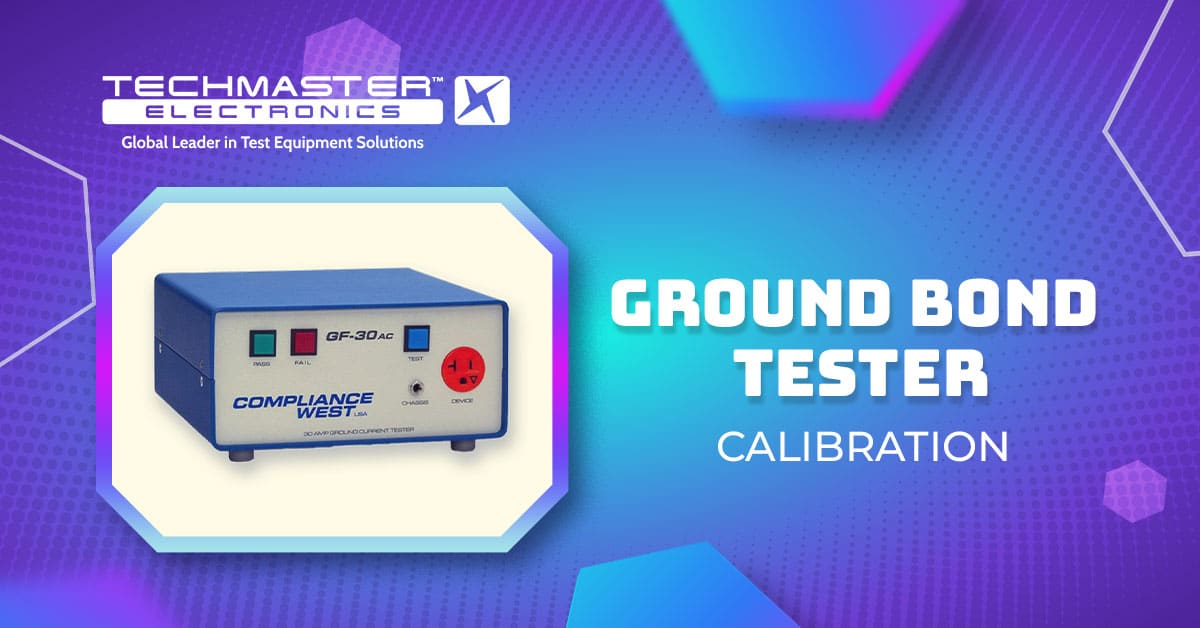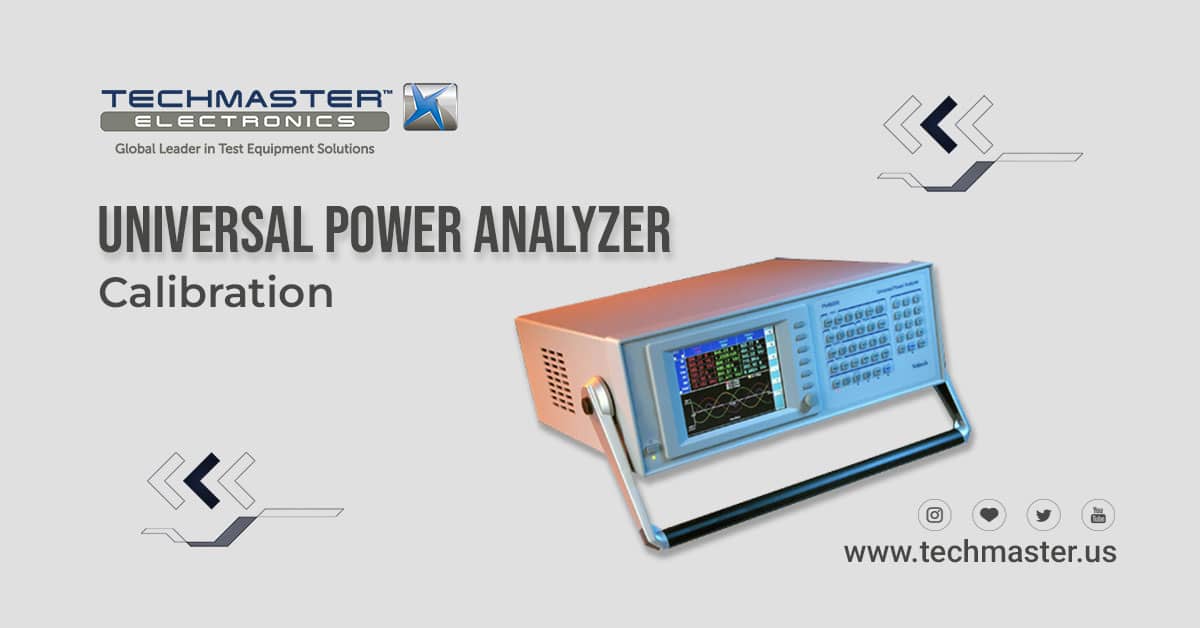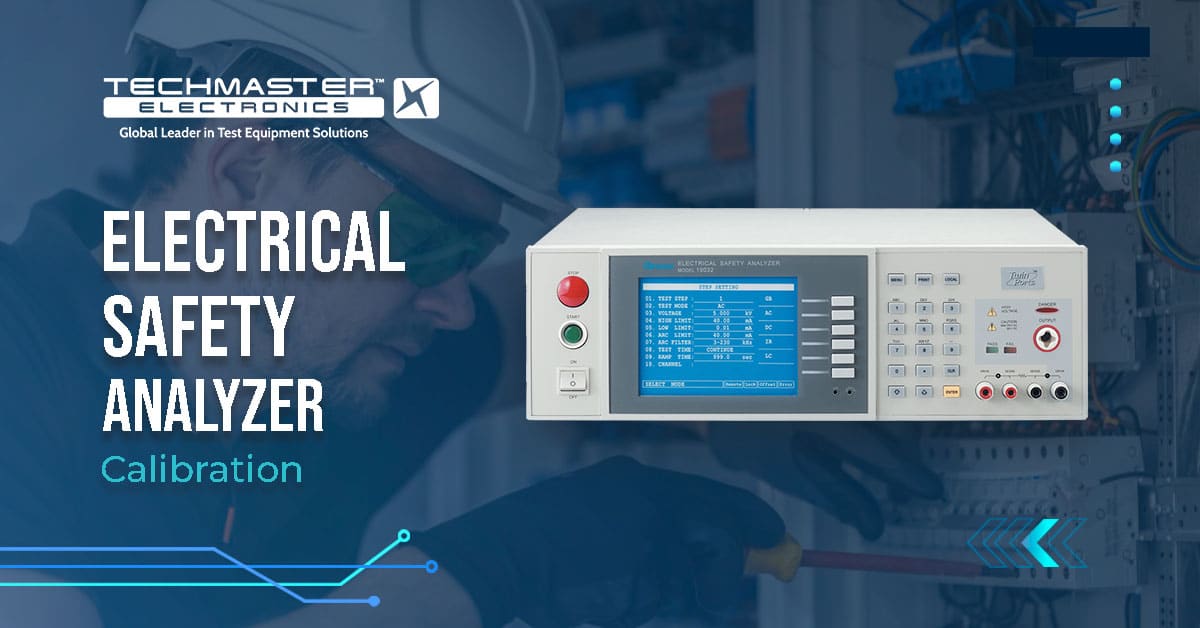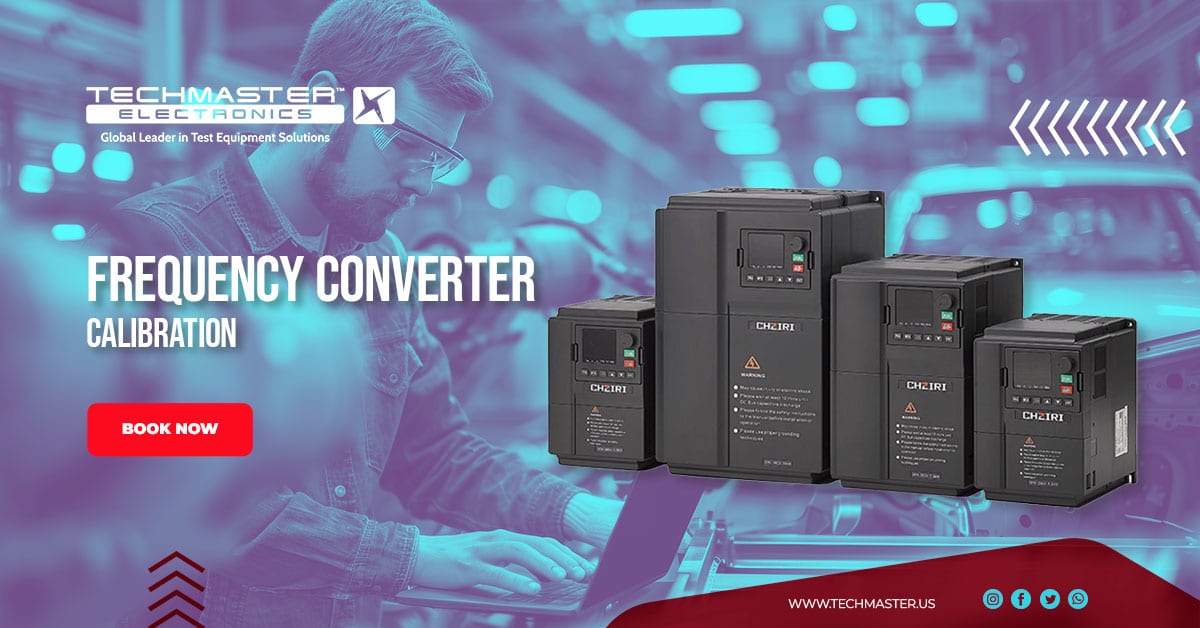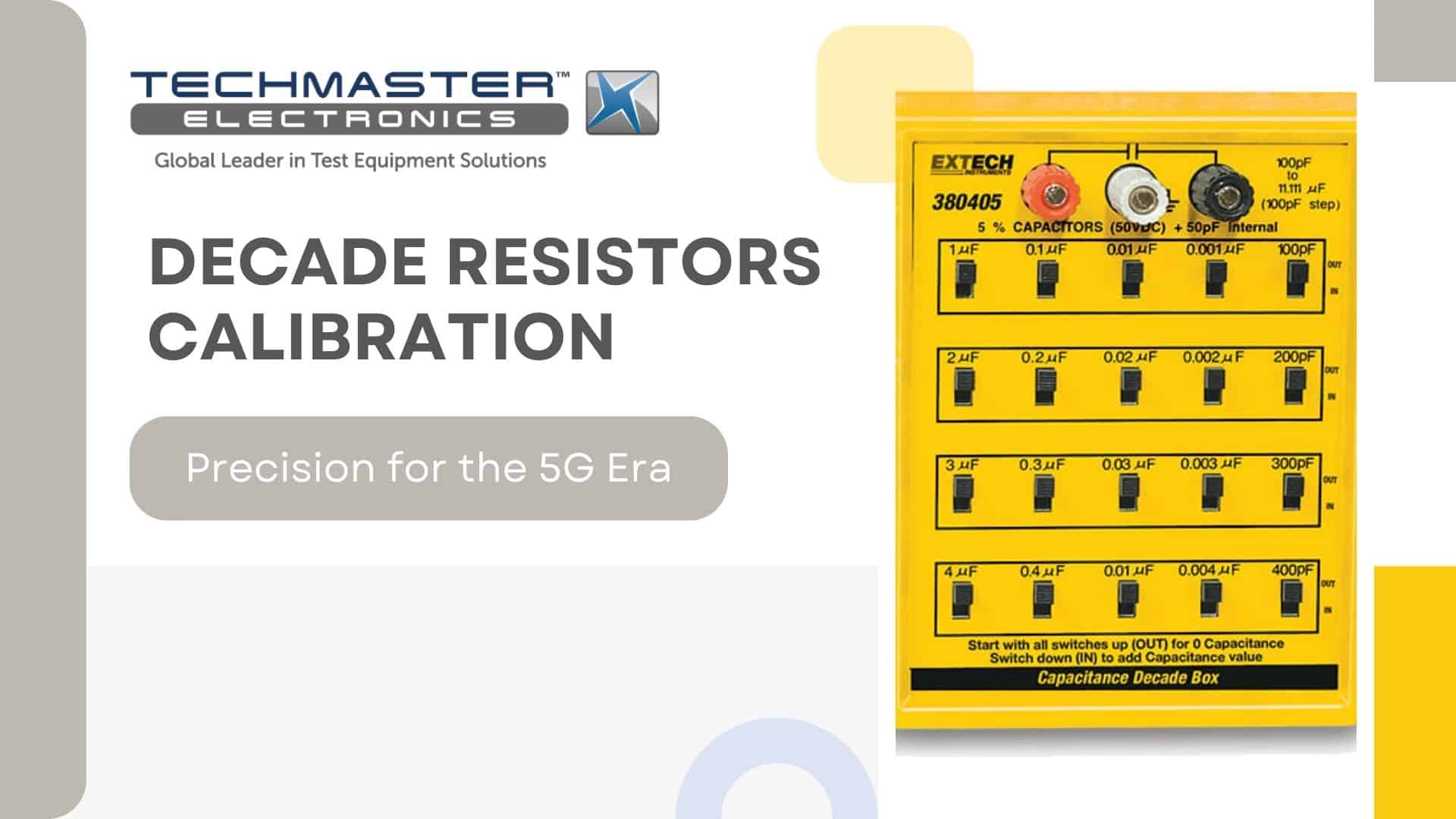Precise impedance measurement is vital in many sectors, and regular LCR meter calibration ensures the reliability of your test equipment. Whether you’re managing a production line, working in R&D, or overseeing quality assurance, having a properly calibrated LCR meter is non-negotiable.
Understanding LCR Meters and Their Applications
LCR meters measure inductance (L), capacitance (C), and resistance (R). These instruments come in various types:
-
Handheld LCR meters: Portable and ideal for quick field checks.
-
Benchtop LCR meters: Offer higher accuracy, used in labs and production lines.
-
High-frequency or precision LCR meters: Designed for sensitive applications in telecommunications, aerospace, and electronics manufacturing.
Industries that rely on LCR meters include:

-
Electronics manufacturing – for testing components like capacitors, inductors, and resistors during production and quality control.
-
Automotive R&D – to verify performance of sensors, ECUs, and circuit boards in vehicles.
-
Aerospace & defense – for precise impedance measurement in critical systems like avionics and radar circuitry.
-
Medical device development – to ensure electronic components in life-support and diagnostic equipment meet safety and accuracy standards.
-
Academic and industrial research labs – for circuit analysis, materials testing, and experimental validation in engineering and physics research.
Why Routine LCR Meter Calibration Matters
Over time, even the best instruments drift out of specification due to factors like:
-
Component aging
-
Environmental influences (temperature, humidity)
-
Regular wear and tear
Skipping calibration can lead to:
-
Inaccurate measurements
-
Product failures or recalls
-
Non-compliance with quality standards (ISO, FDA, AS9100, etc.)
-
Data integrity issues in research and production
▶ The ROI of Calibration: Proper calibration isn’t just a compliance checkbox — it’s a strategic investment. Uncalibrated LCR meters can lead to costly errors, product recalls, or compromised R&D data. Regular calibration helps prevent these issues and extends equipment life, making it a cost-saving move in the long run.

Overview of the Calibration Process
A well-structured calibration process plays a crucial role in maintaining the accuracy and reliability of LCR meters. Below is an outline of the typical steps involved in a professional calibration procedure—designed to meet both technical expectations and compliance requirements:
Step 1: Visual & Pre-Calibration Check
The instrument is visually inspected for physical damage, connector wear, and display integrity. Identifying issues like faulty ports early is critical—especially in high-frequency applications.
Step 2: Functional Performance Testing
The meter is tested across its full operating range using precision reference equipment. This includes verifying resistance, inductance, and capacitance accuracy across micro to mega ranges, ensuring reliable measurement performance.
Step 3: Adjustment & Alignment
If the meter shows drift or deviation, it is adjusted using traceable standards to restore it to optimal performance. For advanced devices, this may include firmware updates or internal recalibration under controlled lab conditions.
Step 4: Final Verification
All critical parameters are re-tested to confirm they meet manufacturer specifications. This step verifies that the instrument is back within tolerance.
Step 5: Certified Results & Documentation
A calibration certificate is issued with traceable results and documented uncertainties. This ensures measurement credibility and supports audit readiness across industries.
You receive a detailed calibration certificate with traceable data, uncertainty values, and ISO/IEC 17025 accreditation. We also support Z540.1 or Commercial levels, and all certificates are available digitally via the Techmaster Portal for seamless audit readiness.
International Calibration Standards That Matter
For businesses, calibration isn’t just about accuracy—it’s about staying compliant and audit-ready. Consider these key standards:
-
ISO/IEC 17025: Proves a lab’s technical competence and supports global recognition.
-
ANSI/NCSL Z540.1: Plays a vital role in aerospace, defense, and U.S. government-related work.
-
NIST Traceability: Connects every measurement directly to national or international standards.
When you choose a provider like Techmaster—fully aligned with these standards—you can:
-
Meet industry regulations
-
Lower audit risk
-
Strengthen trust in your measurement data
Techmaster’s Electrical Calibration Lab brings over 30 years of hands-on experience with precision instruments, including LCR meters from top brands like Keysight, Hioki, and GW Instek. Our expert teams deliver measurement uncertainties as low as 0.0031%, helping your operation maintain accuracy, compliance, and peace of mind.

In-house Calibration vs. Professional Service
| Criteria | In-house Calibration | Professional Calibration |
|---|---|---|
| Equipment | Limited to available tools | Full access to certified standards |
| Expertise | May lack metrology specialists | Highly trained calibration experts |
| Documentation | Often basic or missing | Accredited certificates, detailed data |
| Compliance | Harder to maintain | Assured with ISO/NIST standards |
| Cost | Lower up front | Higher ROI in long term |
For most regulated industries, outsourcing to a qualified lab like Techmaster is the smart, scalable choice.
How Often Should I Calibrate My LCR Meter?
-
Annually is the standard recommendation.
-
Every 6 months if operating in harsh environments or used heavily.
-
Follow manufacturer guidelines and audit history.
-
Adjust based on risk assessment and criticality of measurements.
Frequently Asked Questions (FAQ)
What is included in a professional LCR meter calibration?
Typically, it includes functional checks, adjustments, traceable reference comparisons, and an accredited certificate.
Can I calibrate my LCR meter myself?
Only if you have proper reference equipment and trained personnel. For regulated industries, this is rarely sufficient.
What standards should LCR calibration follow?
ISO/IEC 17025 and ANSI/NCSL Z540.1 are industry benchmarks. Ensure your provider holds relevant accreditations.
How long does the calibration process take?
Standard turnaround is 3–7 days, but express service may be available. Techmaster offers flexible scheduling and fast turnaround.
Contact Us for Trusted LCR Meter Calibration
Contact Techmaster to consult and schedule your calibration. Our skilled technicians, accredited labs, and strict adherence to industry standards help keep your equipment reliable, compliant, and ready for any audit.



